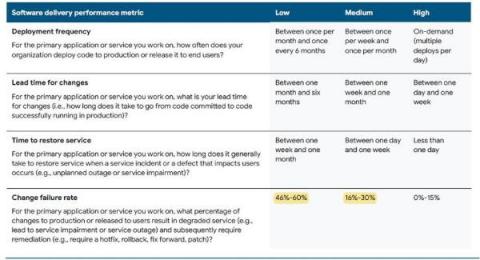Eliminating the Monitoring Blind Spots Introduced by ISP Networks
ISP networks are the connective tissue for most business traffic today. Are your network monitoring capabilities aligned with this new reality? This post examines why it’s so critical to establish visibility into ISP networks, and offers key tips for success.



